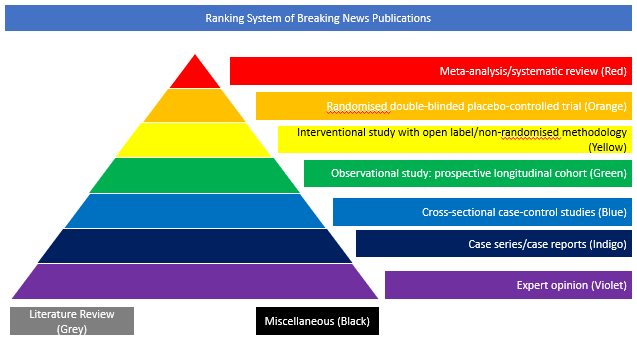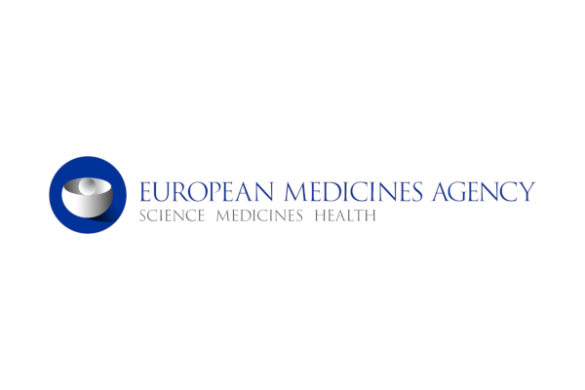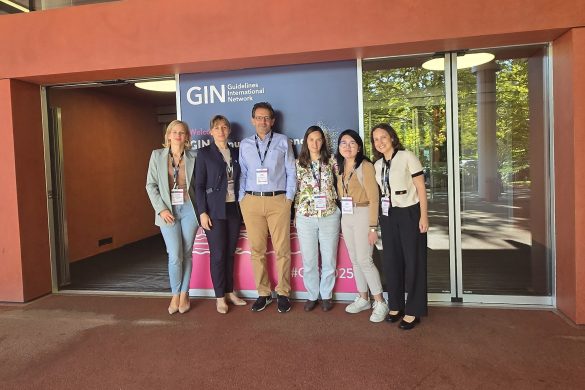Case series/case reports (Indigo)
In this paper recently published in the European Journal of Neurology, the authors aimed to assess 1‐month outcome in ischaemic stroke patients with COVID‐19 infection who received intravenous thrombolysis (IVT) alone or before thrombectomy (bridging therapy). As a collaborative initiative promoted by the Italian Stroke Organization, all Italian Stroke Units (n=190) were contacted and invited to participate in data collection. Seventy‐five invited centres agreed to participate. Thirty patients received IVT alone and 17 received bridging therapy between 21 February and 30 April 2020 in 20 centres (18 in Northern Italy and 2 in Central Italy). At 1 month, 14 (30.4%) patients had died and 20 (62.5%) survivors had a modified Rankin Score (mRS) score of 3‐5. At 24‐36 hours, asymptomatic intracerebral hemorrhage (ICH) was reported in 8 (17.4%) patients, and symptomatic ICH (sICH) in 2 (4.3%) patients. Causes of death were severe ischaemic stroke (n=8), a new ischaemic stroke (n=2), acute respiratory failure (n=1), acute renal failure (n=1), acute myocardial infarction (n=1), and endocarditis (n=1). In survivors with 1‐month mRS score 3‐5, baseline glucose level was higher, while endovascular procedure time in the cases of bridging therapy was longer. Baseline stroke severity (NIHSS) score, baseline glucose level, and creatinine level were higher in patients who died. The authors concluded that IVT for patients with stroke and COVID‐19 was not a rare event in the areas most affected by the pandemic, and rates of unfavourable outcomes at 1 month were high compared to previous data from pre‐COVID‐19 literature. However, the risk of sICH was not increased.
DOI: https://doi.org/10.1111/ene.14511








